İstanbul historically known as Byzantium and before 1924 as Constantinople, is the most populous city in Turkey and the country’s economic, cultural, and historic center. Istanbul is a transcontinental city in Eurasia, straddling the Bosporus strait (which separates Europe and Asia) between the Sea of Marmara and the Black Sea. Its commercial and historical center lies on the European side and about a third of its population lives on the Asian side. The city is the administrative center of the Istanbul Metropolitan Municipality, and with a total population of around 15 million residents, Istanbul is one of the world’s most populous cities and ranks as the world’s fourth-largest city proper and the largest European city. Istanbul is viewed as a bridge between the East and West. The city’s strategic position on the historic Silk Road, rail networks to Europe and the Middle East, and the only sea route between the Black Sea and the Mediterranean have produced a cosmopolitan populace. While Ankara was chosen instead as the new Turkish capital after the Turkish War of Independence, and the city’s name was changed to Istanbul, the city has maintained its prominence in geopolitical and cultural affairs.
İstanbul früher Konstantinopel, ist die bevölkerungsreichste Stadt der Türkei und deren Zentrum für Kultur, Handel, Finanzen und Medien. Mit rund 14,4 Millionen Einwohnern nahm die Metropolregion 2016 den 15. Platz unter den größten Metropolregionen der Welt ein. Mit jährlich knapp zwölf Millionen Touristen aus dem Ausland ist Istanbul überdies die Stadt mit der achtgrößten Besucherzahl der Welt. Die Stadt liegt am Nordufer des Marmarameeres auf beiden Seiten des Bosporus, also sowohl im europäischen Thrakien als auch im asiatischen Anatolien. Aufgrund ihrer weltweit einzigartigen Transitlage zwischen zwei Kontinenten und zwei Meeresgebieten, dem Schwarzen und dem Mittelmeer, verzeichnet sie einen bedeutenden Schiffsverkehr und verfügt über zwei große Flughäfen sowie zwei zentrale Kopf- und zahlreiche Fernbusbahnhöfe. Das Stadtbild ist von Bauten der griechisch-römischen Antike, des mittelalterlichen Byzanz sowie der neuzeitlichen und modernen Türkei geprägt. Paläste gehören ebenso dazu wie zahlreiche Moscheen, Cemevleri, Kirchen und Synagogen.
伊斯坦布尔(土耳其语:İstanbul)是土耳其政治、经济、文化、金融、新闻、贸易、交通中心,世界著名的旅游胜地,繁华的国际大都市之一。位于巴尔干半岛东端,博斯普鲁斯海峡南口西岸。扼黑海入口,当欧、亚交通要冲,战略地位极为重要。公元前658年始建在金角湾与马尔马拉海之间的地岬上,称拜占庭。公元330年,君士坦丁将罗马帝国迁都至此,起初称为新罗马,不过很快就以其创建者君士坦丁的名字而著称–君士坦丁堡(Constantinople,又译康斯坦丁堡)。公元395年,罗马帝国分为东、西罗马帝国,君士坦丁堡成为东罗马帝国首都。1453年成为奥斯曼帝国首都。伊斯坦布尔之名在奥斯曼帝国征服之前至少存在百余年历史了,如1403年西班牙国王遣使觐见帖木儿大帝,使臣途经君士坦丁堡,在回忆录中提到,希腊人也称此地为伊斯坦布尔。但西方国家认为奥斯曼帝国是此地的侵略者,所以依然坚持称此地为君士坦丁堡。1923年土耳其共和国初建时为首都(独立战争期间迁都安卡拉),伊斯坦布尔才成为国际上的正式名称。现在市区已扩大到金角湾以北,博斯普鲁斯海峡东岸的于斯屈达尔也划入市区,成为地跨欧、亚两洲的现代化城市。
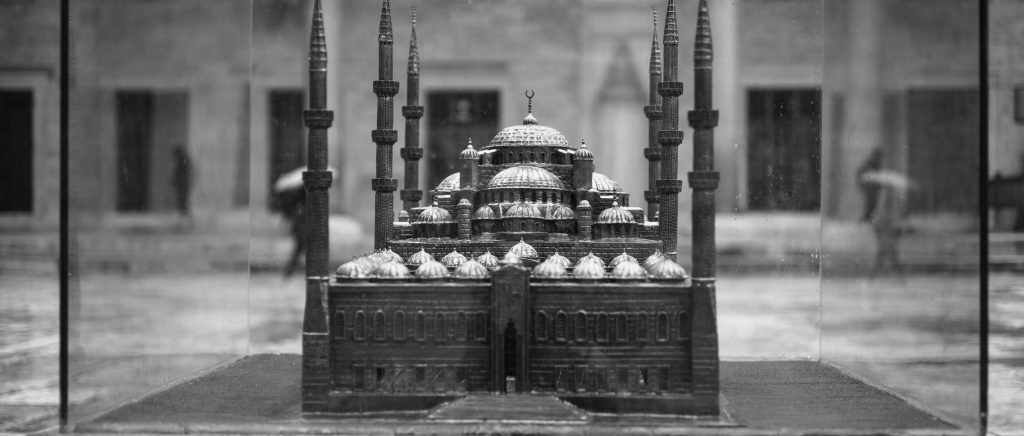
Sultan Ahmed Mosque in a box 
One of people’s best friend in yard of Sultan Ahmed Mosque 
In a turkish Restaurant on İstiklal Avenue 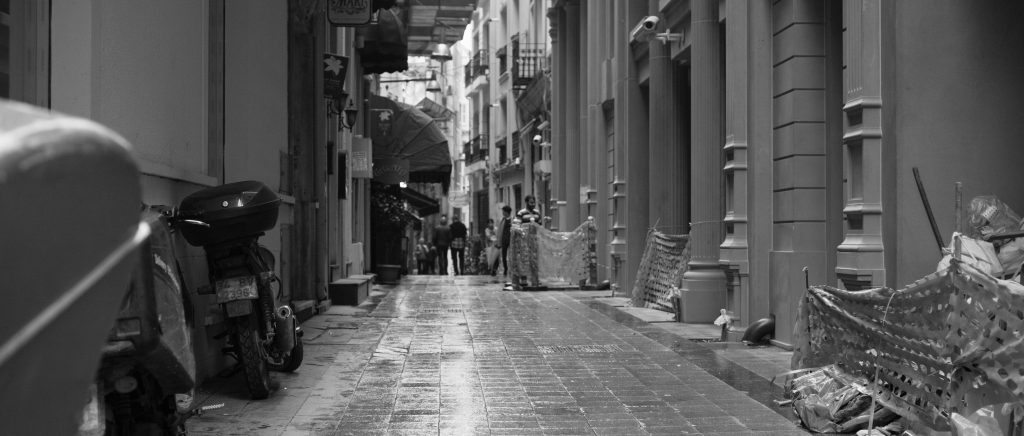
Small street beside İstiklal Avenue 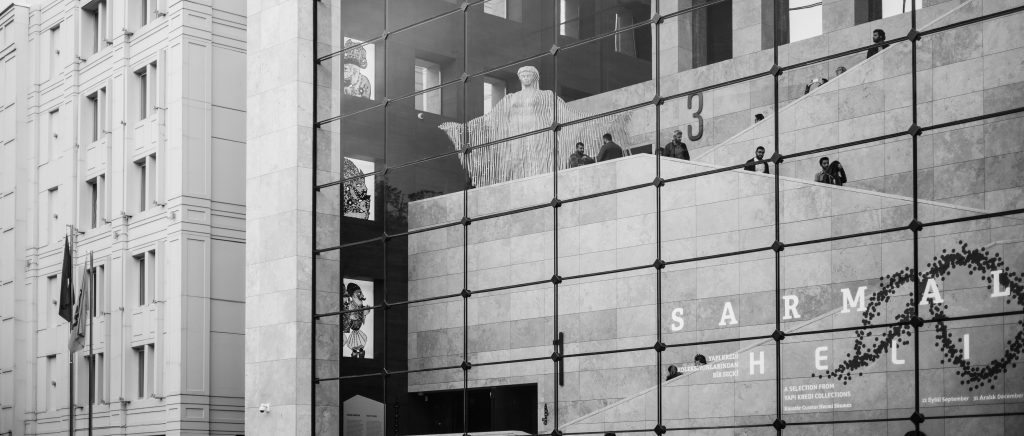
The Yapi Kredi Culture and Art Center 
Umbrella seller at the entrance of metro station 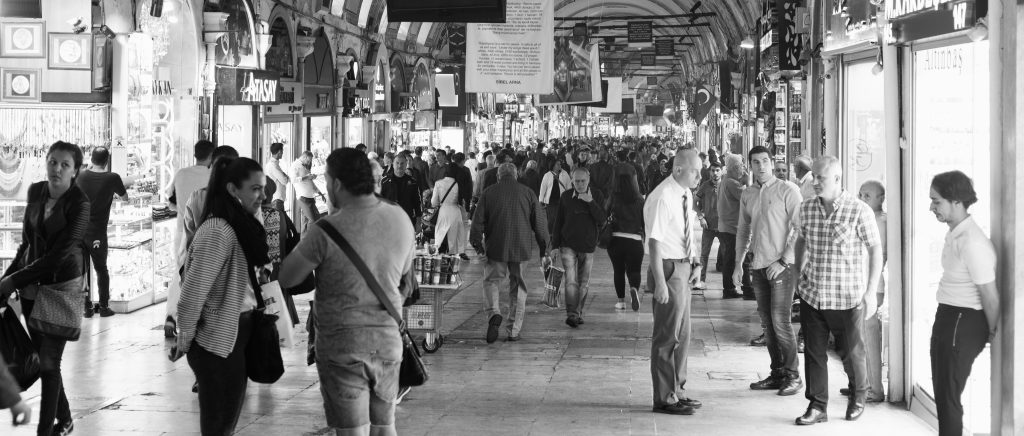
Inside the Grand Bazaar 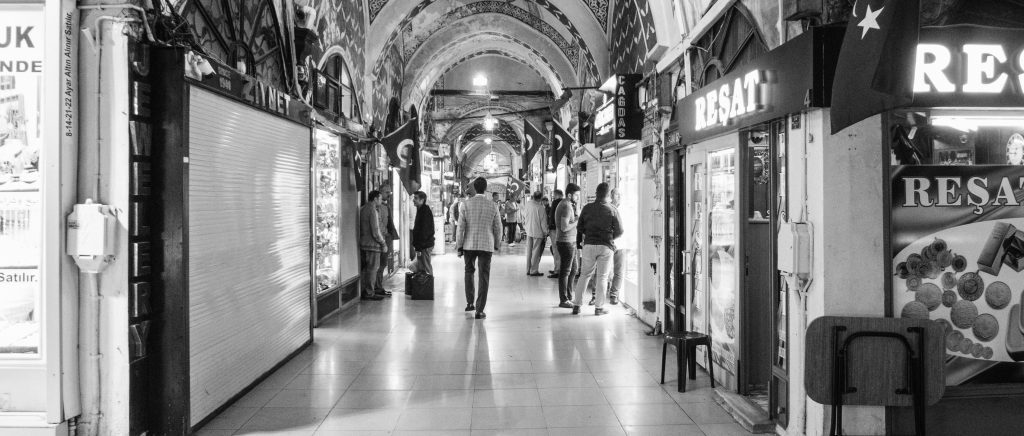
Inside the Grand Bazaar 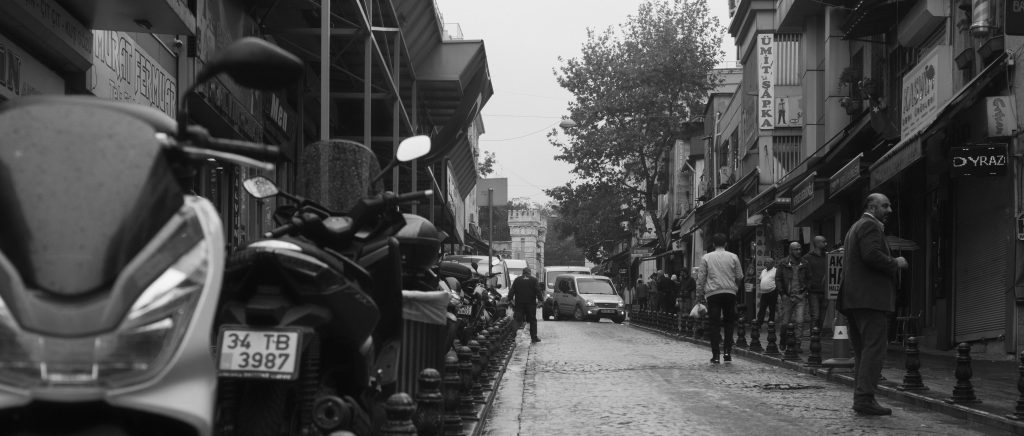
Street outside of the Grand Bazaar 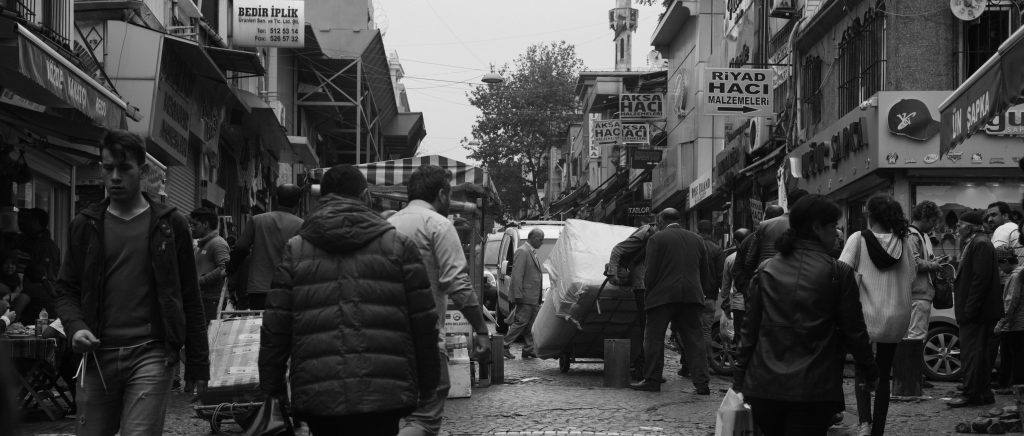
People works outside of the Grand Bazaar 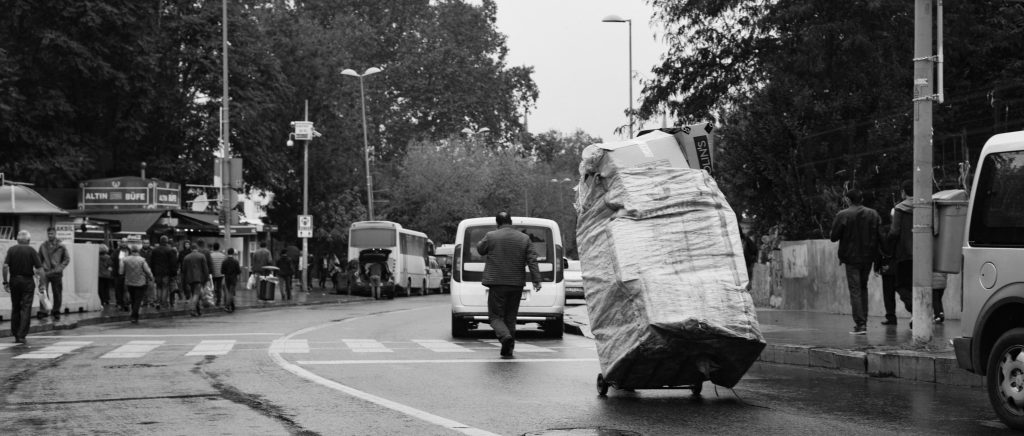
People works outside of the Grand Bazaar 
One of our dinner in Istanbul
